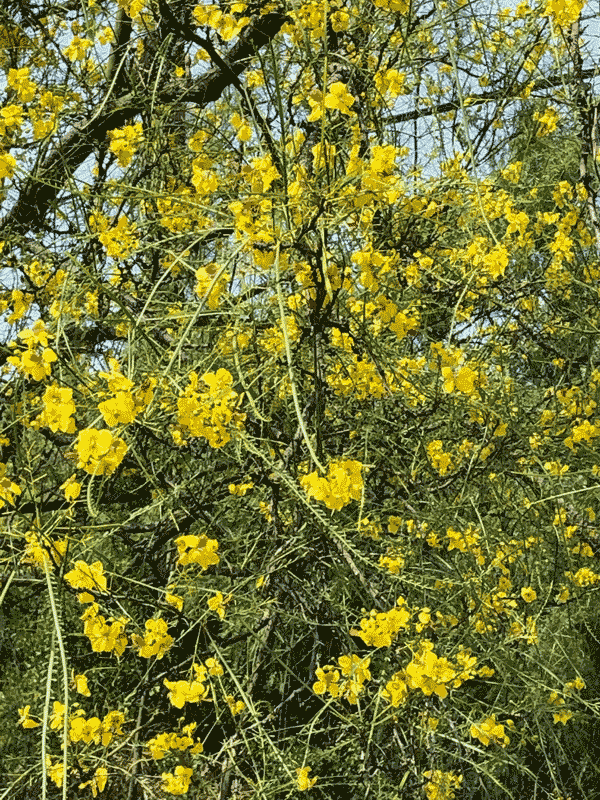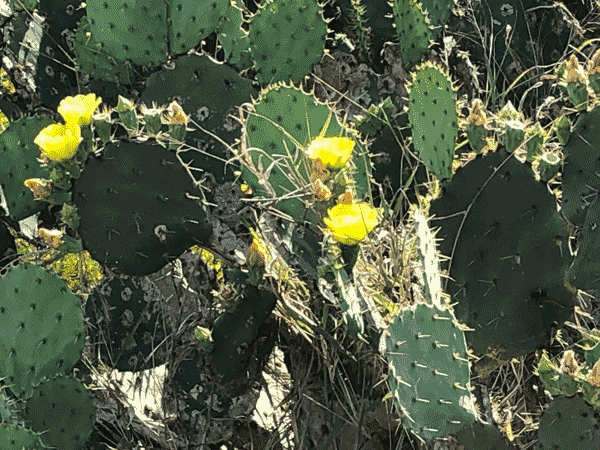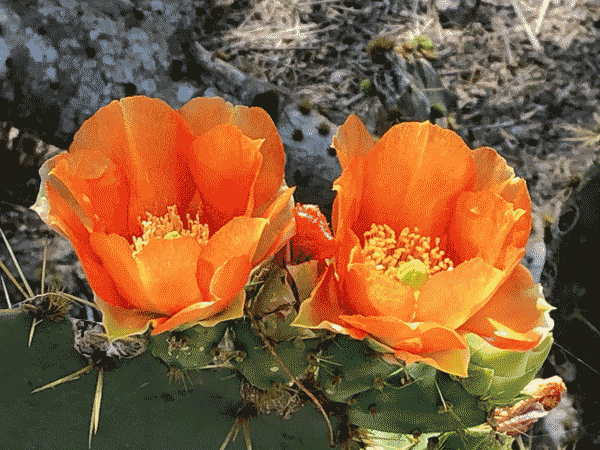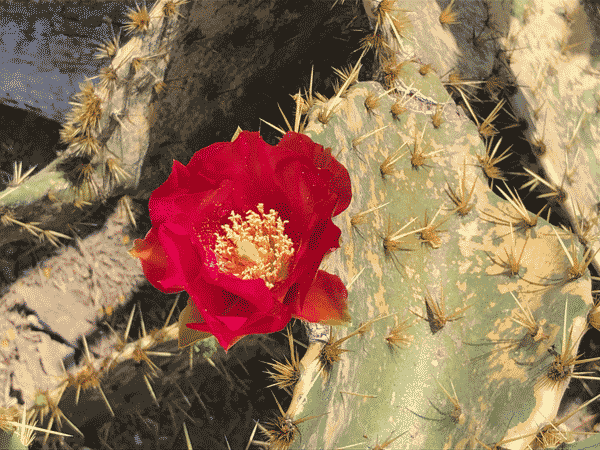- La Feria Community Holds Succesful Business Mixer Event
- Little Nashville to Take Place in Downtown Mercedes
- Lions Basketball Captures District Gold
- La Feria ISD Students Compete in Regional Chess Tournament
- Lions End First Half of 32-4A on a High Note
- La Feria ISD Held Another Successful Parent Conference
- Strong Appearance for Lions at Hidalgo Power Meet
- LFECHS Students Get to Meet Local Actress
- Students Participate in Marine Biology Camp
- Two LFECHS Students Qualify for All-State Band
Native trees, shrubs welcome our warm Valley weather
- Updated: April 17, 2020

By ANN JOHNSTON
LFN
While the rest of our country is experiencing cold temperatures and even snow, our Valley home is enjoying a warm spring.
Even though our farmers definitely need rain for their crops, you will see that our semi-tropical, native trees and shrubs are full of blooms. The retama trees are the most noticeable, with their abundant yellow blooms.
The yucca, or Spanish dagger, have put out their lush, waxy stalks of white flowers. The prickly pear cactus have many different colored blooms. These natives are doing fine in these low rainfall conditions.

Watch for: If we do get rain, even just showers, be sure to watch for almost instant blooms on our native trees like the ebony and anacua or sandpaper trees. The purple sage and white sage will magically be decked out overnight in blossoms!
Suggestions: Be sure to refill your hummingbird feeders. The northern parts of Texas are already seeing hummingbirds as their spring migration brings them through our area. Add these beautiful little jewel-toned birds to your yard by simply putting out feeders.

We have a year-round resident hummer – the buff-bellied hummingbird. It is a larger hummingbird that is bright, iridescent green with, of course, a buff-colored belly. You will also often see the tiny, but feisty ruby-throated hummingbird. During migration, we will get many other types of hummers.
Hint: There is no need for adding the traditional red food coloring to your homemade hummingbird juice. These birds are attracted to red and yellow colors, but most feeders are those colors themselves. A simple one cup sugar to four cups water is the recipe. Stir well until all the sugar is dissolved. Change it every week if it stays that long. Keep any extra refrigerated.

Indoor watering hint: Pick a day of the week for watering. This will help keep you from overwatering and from forgetting to do this chore.
Step through the Garden Gate for more gardening hints, suggestions, and things to watch for next week.



